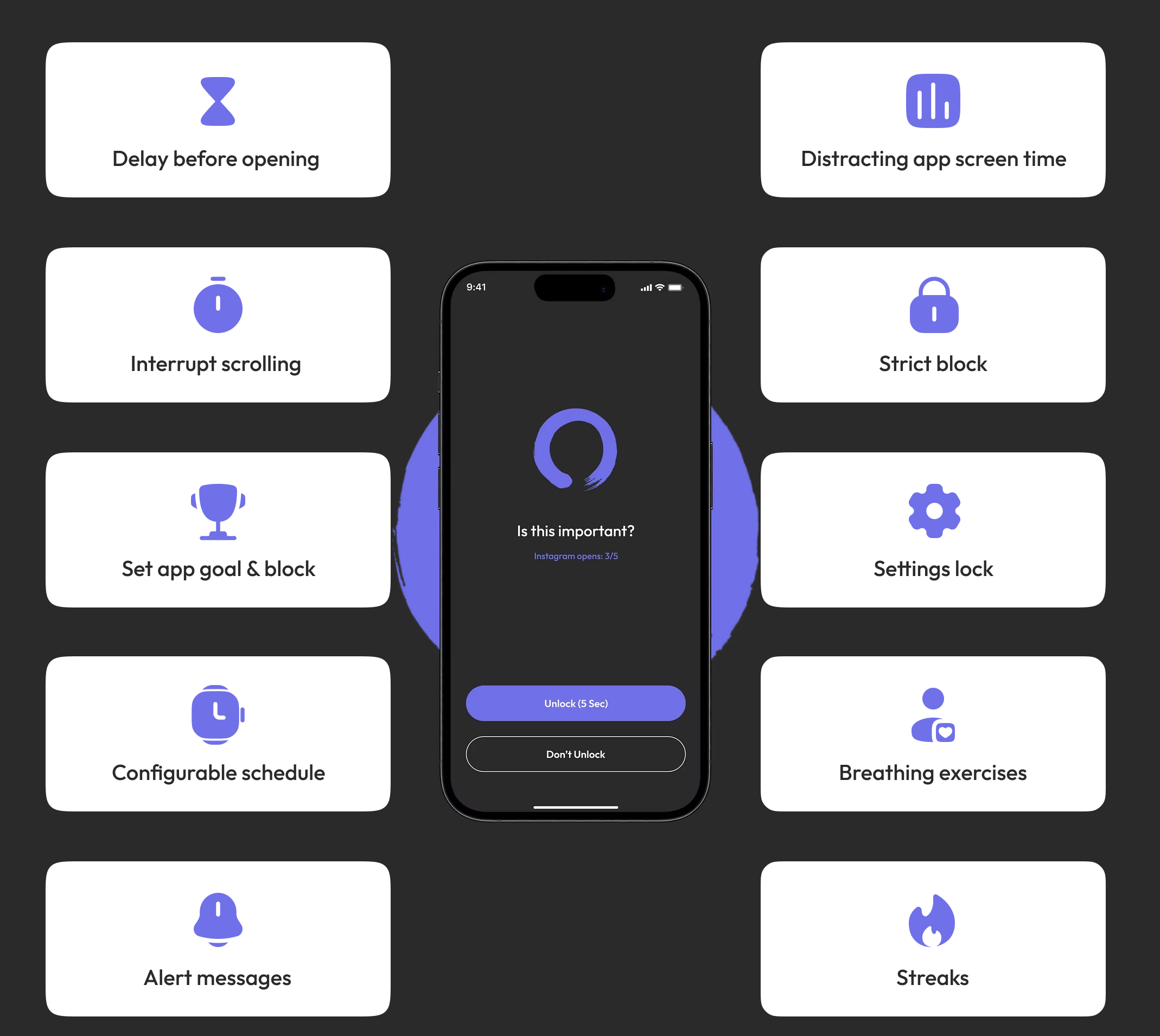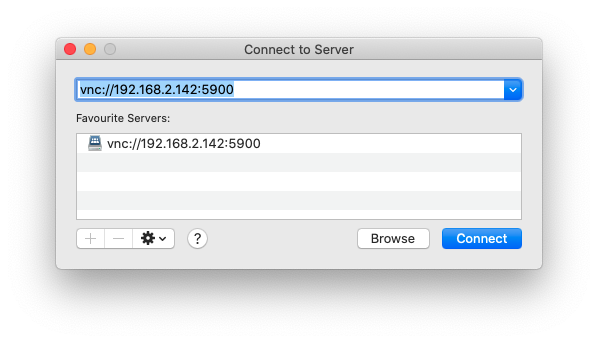为什么要管理屏幕时间?
随着手机、平板和电脑成为日常生活的标配,我越来越意识到屏幕时间管理的重要性。很多时候,明明只是随手刷一下手机,不知不觉几个小时就过去了。与此同时,原本的一些好习惯,比如看书、专注思考,也被碎片化的信息流逐渐侵蚀。现在每次想静下心来看书,都会觉得格外费劲,甚至看一会儿就忍不住想拿起手机“补充能量”。
我开始反思:为什么会这样?其实,很多APP都在有意识地“争夺”我们的注意力——这就是所谓的“注意力经济”。像Instagram、微信、小红书、抖音等平台,通过算法不断推送你感兴趣的内容,让你停留得越来越久。你的注意力被消费、被贩卖,信息获取也从主动变成了被动。虽然平台声称是“更懂你”,但实际上它们更懂得如何利用人性的弱点,让你欲罢不能地刷下去。很多时候,我们并不是真的喜欢那些内容,只是被平台的机制牢牢拴住了。
我最深的感受是:这些APP前十分钟用得很开心,似乎都投你所好。但十分钟之后,就进入了机械刷屏的状态,明知道没什么意思,却还是停不下来。
我的尝试
系统自带的屏幕时间管理
最开始,我尝试用手机系统自带的“数字健康”功能(iOS和安卓都有)。原理很简单:给某个APP设置每日使用时长,比如50分钟,超时后自动锁定。但问题是,解锁太容易了——只要点一下弹窗就能继续用。即使加了PIN码,最后也很难真正阻止自己。总之,这种“软限制”很难抵挡APP带来的即时满足感。第三方屏幕时间管理APP
后来,我试用了几款第三方APP,发现它们的控制力更强,功能也更细致。比如:可以为每个APP单独设置每次使用时长(如每次最多10分钟)。
每次打开APP前,必须先完成一个中断任务,比如深呼吸练习(3秒吸气、3秒呼气,循环15秒),或者解一道数学题、填写待办事项等。
这些中断能有效打断“无意识刷屏”的惯性,让你有机会重新思考:我真的需要打开这个APP吗?
不过,这类APP普遍价格不菲,而且大多采用订阅制,一年就要六七十欧元。后来我找到了ScreenZen,功能更丰富、定制化程度更高,而且免费。ScreenZen的亮点

ScreenZen有一些特别实用的功能:
- 多种中断机制:呼吸训练、数学题、待办事项、替代应用等。
- 灵活的规则设定:可以针对不同APP、不同时间段做个性化限制。
- 免费且持续更新。
屏幕成瘾的核心问题就在于“连续性”。只要在使用过程中不断被中断,就更容易跳出沉迷状态。
使用效果
- 现在大部分时间,玩手机能享受“sweet spot”(前十分钟的快乐),但不会沉溺其中。
- 限制了注意力经济类APP的使用后,我的信息获取更加主动,主要通过RSS等渠道订阅自己真正感兴趣的内容。
- 偶尔也会遇到误封,比如某些APP或网站被规则误伤,导致无法访问,不过总体影响不大。
总结
在这个到处都在争抢我们注意力的时代,如果我们能够更主动掌控我们的注意力,或许能够更有主体性的生活。想更主动地掌控注意力,关键不在“封”,而在“断”——在使用过程中设计小的中断机制,切断不自觉的沉迷。这比单纯的每日限额更能避免从“前十分钟的愉悦”滑入“机械刷屏”。或许你可以先试试给社交/短视频App加一道进入门槛,看看你的使用曲线如何变化。
